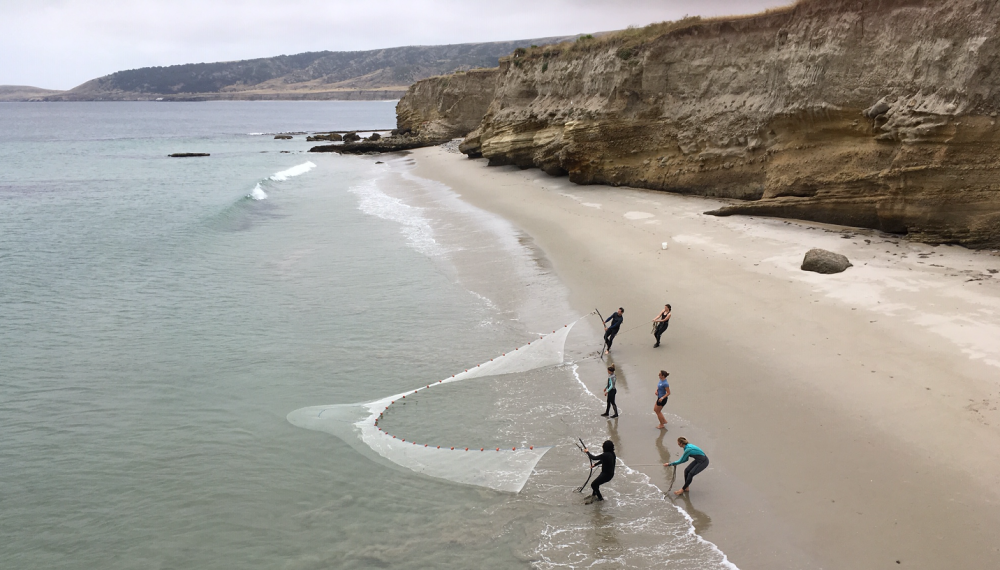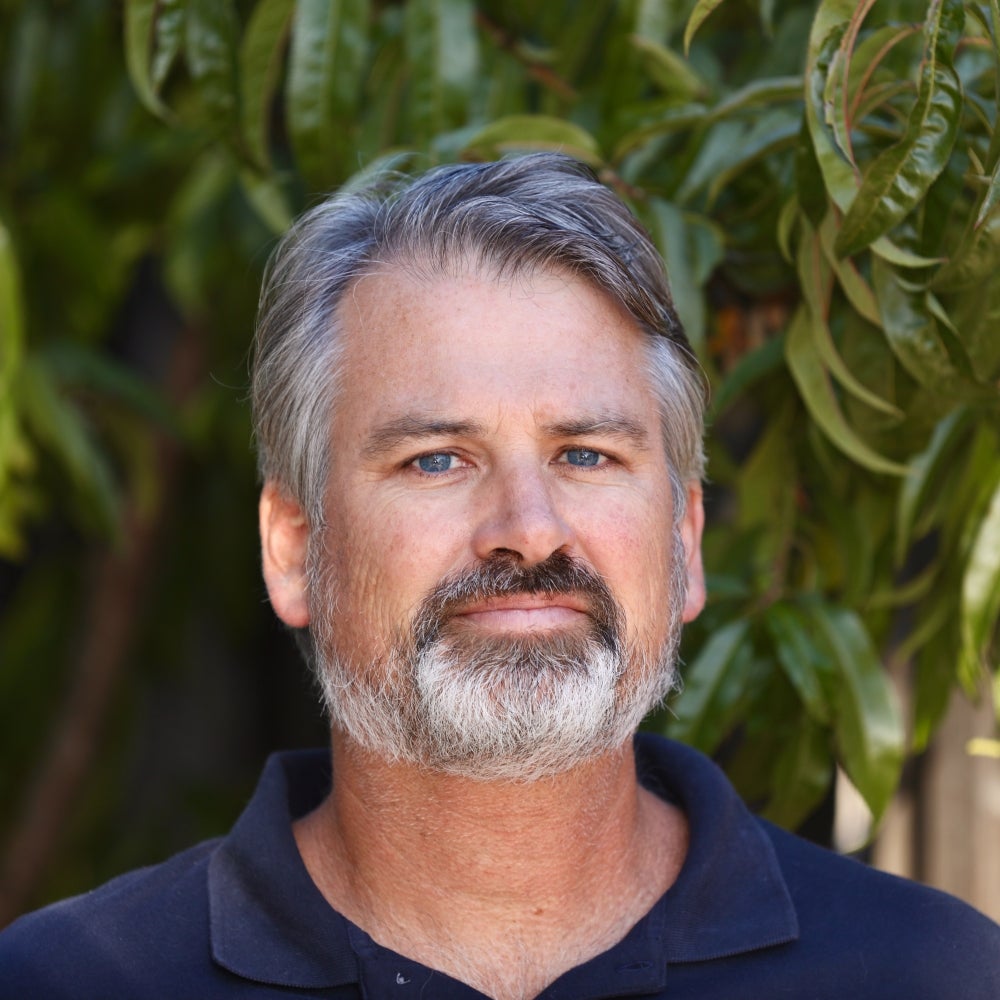
A Collaborative Approach

A longtime research leader in marine science, UC Santa Barbara is at the center of myriad projects and conversations about the composition, health and future of the world’s oceans. A new effort led by UCSB marine ecologist Bob Miller focuses on California. With a grant from the National Science Foundation (NSF), Miller and his colleagues are bringing together key members of the scientific community researching coastal Southern California as they study the region’s dynamic marine ecosystems.
Nearly $500,000 from NSF’s new Coastlines and People program will go toward creating a research collaboration network (RCN) aimed at using new technology to inform coastal science and management in the Golden State. Scientists from UC Santa Barbara, UC San Diego, UCLA, Cal State Monterey Bay, Stanford, the Monterey Bay Aquarium Research Institute, Texas A&M, Georgia Tech, and the National Oceanic and Atmospheric Administration will organize the network under Miller’s leadership.
The project is intended to leverage the wealth of ocean research in Southern California — especially the number of long-running marine field sites — and result in a coordinated plan to study, monitor and predict how coastal ecosystems will adapt to changing environmental conditions. Bringing scientists and various stakeholders together will help identify large gaps that still exist in our understanding of these systems, foster collaborations and lead to new technologies and methodologies.
The dearth of information on many organisms and their abundances is a challenge. “We’re really flying blind when it comes to the majority of marine species,” said Miller, a research biologist at the university’s Marine Science Institute and principal investigator for both the NSF Santa Barbara Coastal Long Term Ecological Research program and the Southern California Bight Marine Biodiversity Observation Network. UCSB faculty members Erika Eliason, in the evolution, ecology, and marine biology department and Nick Nidzieko, in the Department of Geography, will also serve as co-principal investigators on the new project.
“The idea of this RCN is to bring together the marine science community in Southern California to figure out a plan for how to change that,” Miller said, “and to really start ramping up our use of newer technologies to gather enough data to start predicting changes.”
Most of the grant is dedicated to workshops at which scientists and stakeholders can share knowledge, discuss challenges and brainstorm solutions. This interdisciplinary collaboration includes computer scientists, data managers, scientific modelers and experts on the Internet of Things.
Researchers will pitch the innovative ideas borne of these workshops to UC Santa Barbara engineering students. “We proposed to collaborate with the College of Engineering and identify some of these technologies that could be ripe for student projects, especially senior capstone projects,” Miller explained.
The RCN will also coordinate with the NSF Active Societal Participation In Research and Education (ASPIRE) program, led by Professor Corey Garza at Cal State Monterey Bay, to involve underrepresented students and early career scientists in the project.
“A lot of time these people all work in isolation,” Miller said, “in this project we plan to bring them all together to talk about the same problems.”



